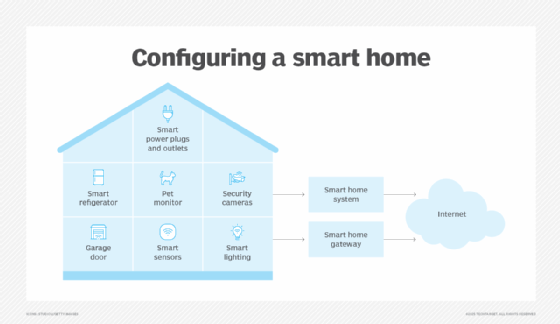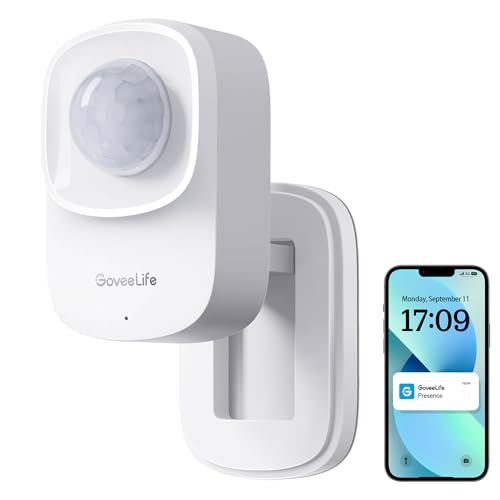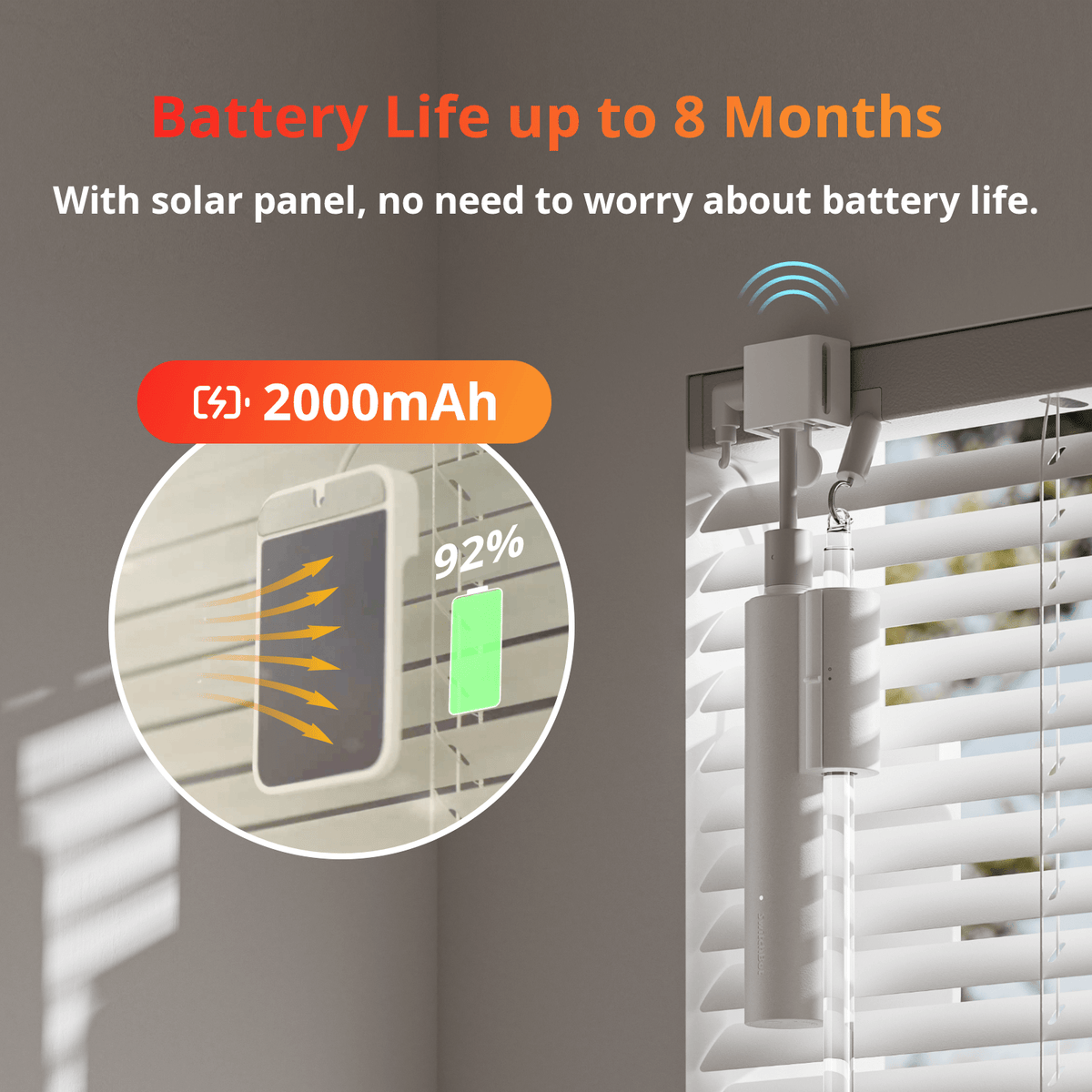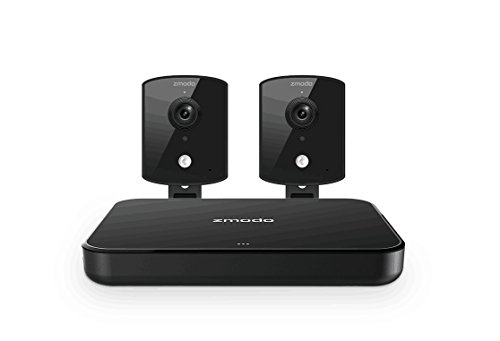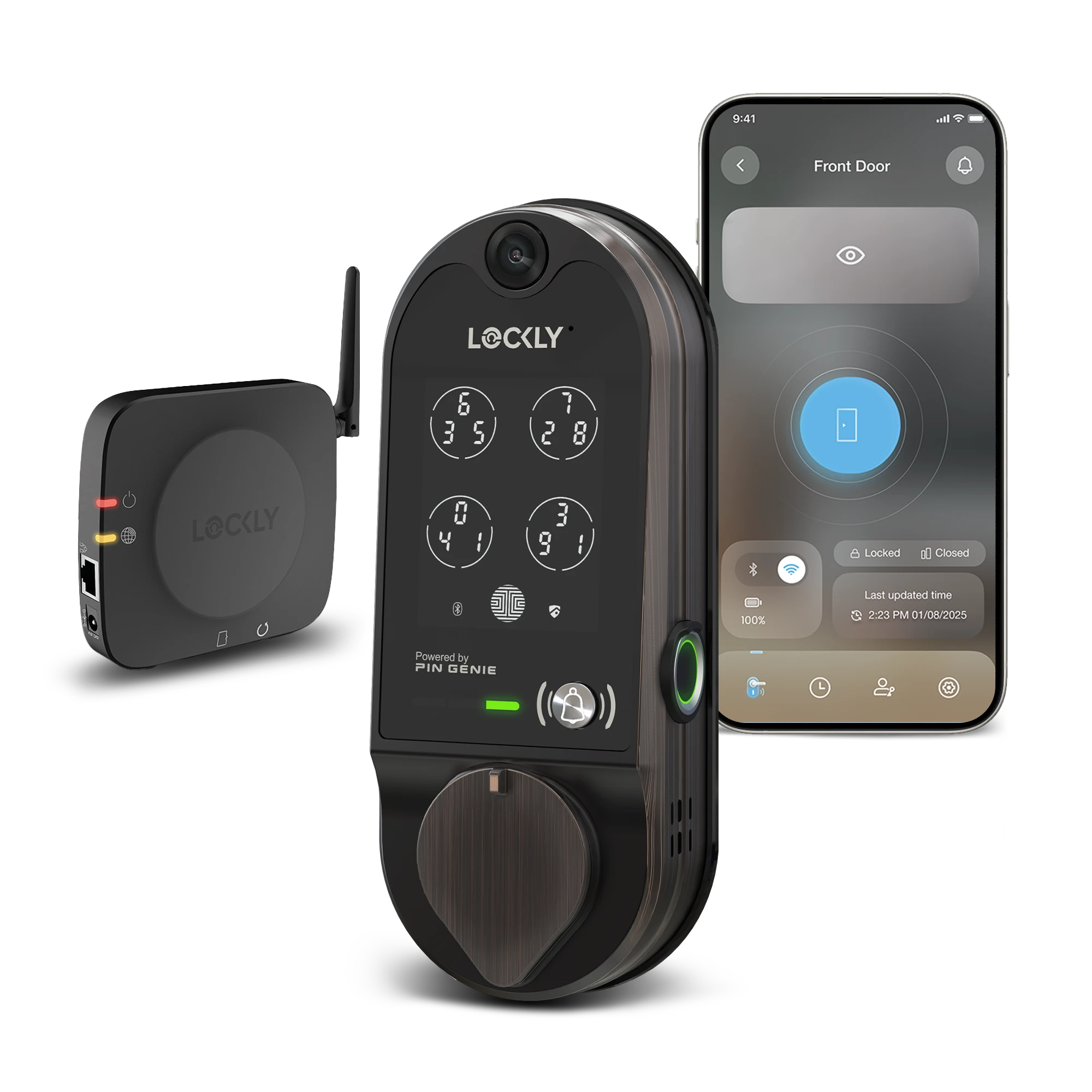Imagine your home protecting your privacy without you lifting a finger. Sounds like a dream, right?
What if your windows automatically adjust to keep prying eyes out, or your smart devices know exactly when to stay silent? You deserve a living space that feels safe and private, all while making your life easier. You’ll discover simple ways to automate privacy features at home.
Ready to take control and enjoy peace of mind like never before? Keep reading—your perfect private sanctuary is just a few smart steps away.
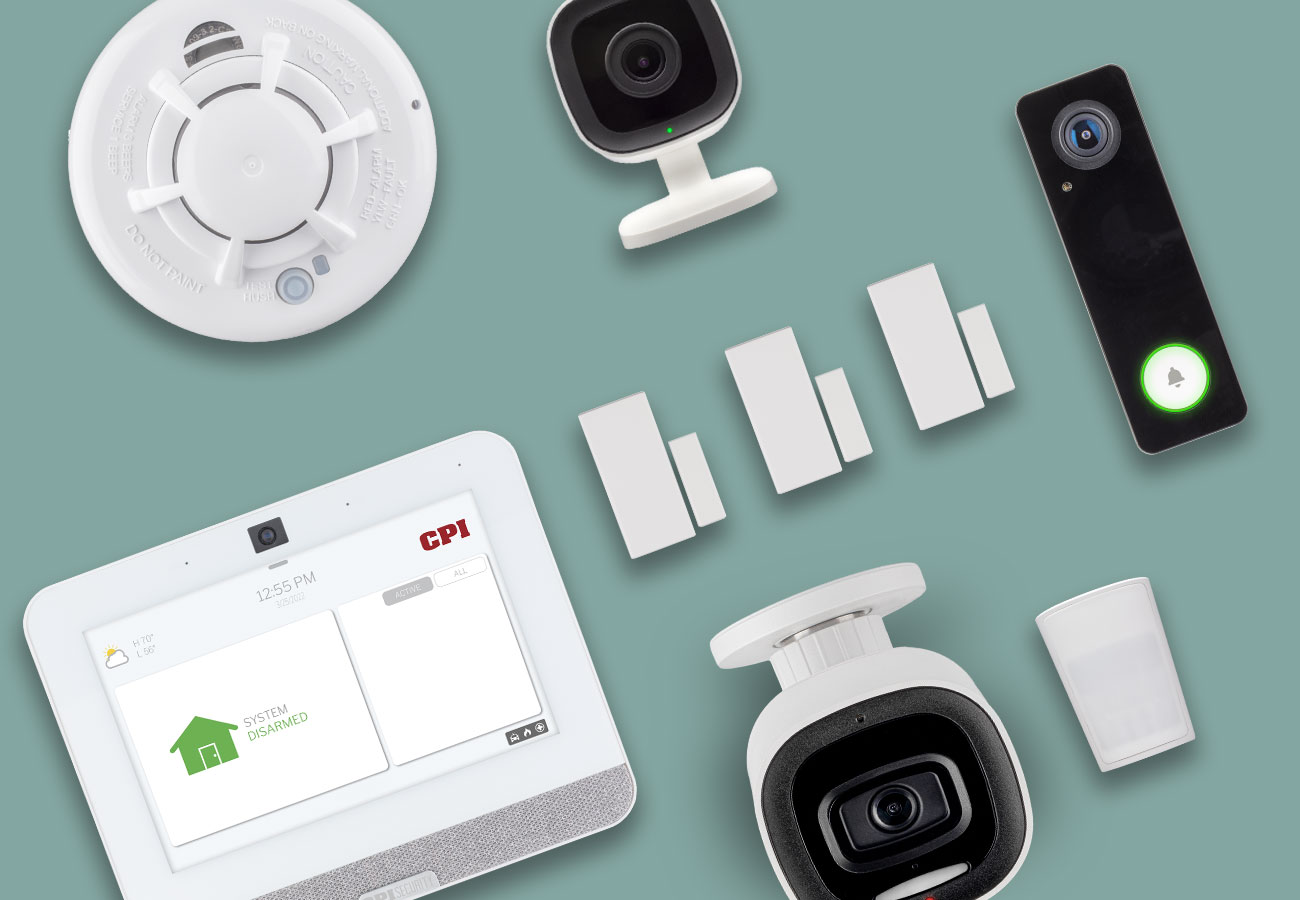
Credit: cpisecurity.com
Benefits Of Home Privacy Automation
Automating privacy features at home makes life safer and easier. Smart systems help control who sees inside your house.
These automated tools also save energy and add comfort. They adjust settings based on your daily routines.
Enhancing Security
Privacy automation strengthens home security by limiting visibility from outside. Smart blinds and cameras work together to protect your space.
You can set schedules so windows close at night or when you leave. This stops strangers from looking in or entering your home.
- Automated window coverings block views at night
- Motion sensors alert you of unusual activity
- Remote control lets you check and adjust settings anytime
Convenience And Control
Privacy automation gives you easy control over your home environment. You can adjust settings with your phone or voice commands.
Systems learn your habits and adjust privacy features without needing your input. This saves time and effort every day.
- Control blinds and curtains from anywhere
- Set routines to match your daily schedule
- Use voice commands for quick adjustments
Energy Efficiency
Automated privacy features help manage sunlight and heat. This reduces the need for heating or cooling your home.
Smart blinds close during hot days to keep rooms cool. They open in winter to let in sunlight and warmth.
- Reduces electricity use by adjusting window coverings
- Maintains comfortable indoor temperature automatically
- Supports eco-friendly living with less energy waste
Key Privacy Features To Automate
Automating privacy features at home helps protect your personal space. It makes security simple and reliable without extra effort.
Smart devices can manage privacy settings automatically. This keeps your home safer and your data more secure.
Smart Locks And Access Control
Smart locks let you control who enters your home. You can lock or unlock doors remotely using your phone.
Access control can be set to allow only trusted people inside. You can also get alerts when someone tries to enter.
- Set temporary codes for guests
- Receive notifications on door activity
- Lock doors automatically at night
Automated Window Shades
Automated shades protect your privacy by blocking views from outside. They can open or close based on time or sunlight.
You can schedule shades to close at night or when no one is home. This reduces the chance of someone watching inside.
- Set schedules for opening and closing
- Control shades with voice commands
- Adjust based on room temperature
Surveillance Cameras And Alerts
Surveillance cameras monitor your home 24/7. They can send alerts if they detect unusual movement.
Automated settings let you choose when cameras record. You can avoid recording inside areas for more privacy.
- Set motion detection zones
- Receive real-time alerts on phone
- Schedule recording times
Voice Assistant Privacy Settings
Voice assistants listen for commands but can also record conversations. Automate privacy to control what is saved.
You can set them to stop listening or delete recordings automatically. This helps keep your personal talks private.
- Mute microphone when not in use
- Auto-delete voice recordings regularly
- Control app permissions for data access
Choosing The Right Devices
Automating privacy features at home requires picking the right devices. Choose devices that fit your needs and keep your data safe.
Good devices work well together and are easy to control. Look for options that protect your privacy without adding complexity.
Compatibility And Integration
Devices must work with your current systems. Check if they connect with your home Wi-Fi or smart home hubs.
Integration helps devices share information smoothly. This makes privacy settings easier to manage in one place.
- Choose devices that support common standards like Wi-Fi, Zigbee, or Z-Wave
- Look for products that work with your smartphone or voice assistant
- Check if devices update their software automatically
Security Protocols
Security is key in privacy devices. They should use strong encryption to protect your data.
Devices with regular security updates reduce the risk of hacks. Always check for built-in firewalls and secure login options.
- Look for devices with WPA3 or stronger Wi-Fi security
- Choose products that require two-factor authentication
- Check if the device encrypts data both in transit and at rest
User-friendly Interfaces
Simple controls make using privacy features easier for everyone. Look for clear apps or panels that anyone can understand.
Good interfaces help you set privacy levels without confusion. They should provide clear feedback and easy customization.
- Choose devices with easy-to-use mobile apps
- Look for clear instructions and simple setup processes
- Check if the device offers helpful notifications about privacy status
Setting Up Privacy Automation
Automating privacy features at home helps keep your data and devices safe. It makes managing privacy easier and less time-consuming.
You can set rules and controls that work without needing daily attention. This guide shows how to start with privacy automation.
Network Configuration
Start by setting up your home network for privacy. Use strong passwords for your Wi-Fi and router.
Enable network encryption like WPA3 to protect data. Turn off features that you do not use, such as remote management.
- Change default router login details
- Use WPA3 or WPA2 encryption
- Disable unused network services
- Set up a guest network for visitors
Device Synchronization
Connect your smart devices to work together on privacy settings. Sync devices to apply rules automatically.
Use a central app or hub to manage devices. This helps keep all devices updated with the latest privacy controls.
- Link devices through a trusted app
- Set automatic updates for privacy features
- Control device permissions centrally
- Monitor device activity from one place
Customizing Privacy Schedules
Create schedules to control when devices share data or access the internet. This limits exposure at certain times.
Set quiet hours or block data sharing during sleep or work times. Adjust schedules as your needs change.
- Set time limits on internet access
- Block cameras or microphones during privacy hours
- Allow updates only at night
- Change schedules easily through your app
Maintaining And Updating Systems
Keeping your home’s privacy systems up to date is important. It helps protect your data and devices.
Regular maintenance ensures your smart home stays safe from new threats and works well.
Regular Software Updates
Software updates fix bugs and add security patches. They help stop hackers from accessing your devices.
Set devices to update automatically if possible. Check updates for all smart home apps and systems often.
- Update firmware on smart devices regularly
- Keep apps and controllers current
- Restart devices after updates to apply changes
Monitoring For Vulnerabilities
Watch for weak spots in your home network and devices. Vulnerabilities can let attackers in.
Use security tools or apps to scan your system. Check logs and alerts for unusual activity.
- Scan devices for malware or unusual behavior
- Review firewall and router settings often
- Change default passwords to strong ones
Backup And Recovery Plans
Back up your system settings and important data. This helps restore your home if something goes wrong.
Create a recovery plan that shows how to fix issues. Test backups to make sure they work well.
- Save backup copies on cloud or external drives
- Keep backups updated after changes
- Know how to reset devices and restore data
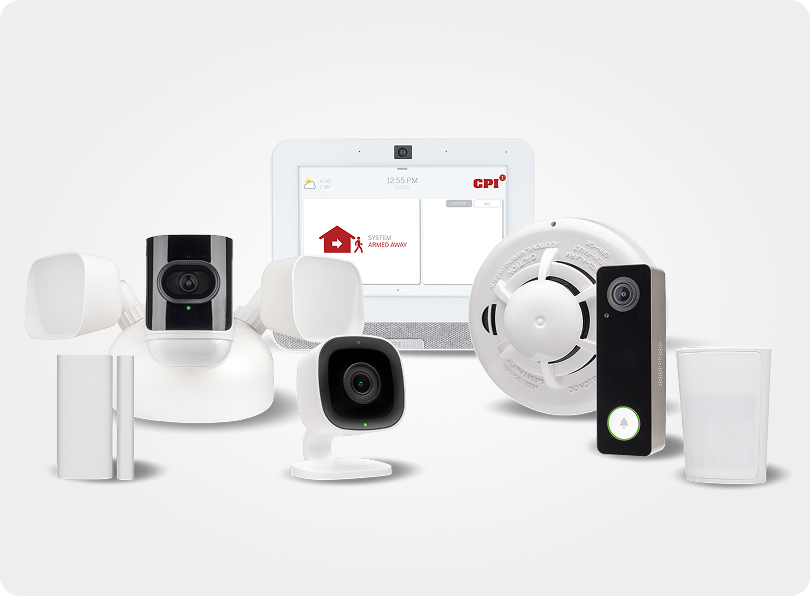
Credit: cpisecurity.com
Balancing Privacy And Convenience
Automating privacy features at home makes life easier and safer. It helps protect your personal data and controls access.
Finding the right balance between privacy and convenience is important. Too much automation may risk privacy, but too little can be inconvenient.
Adjusting Automation Levels
Set automation levels based on your comfort with privacy risks. You can control how much your devices act on their own.
Lower automation means you approve actions manually. Higher automation makes devices react quickly but may share more data.
- Use timers for lights and locks
- Allow voice commands with limited control
- Set alerts for unusual activity
Managing Data Sharing
Smart devices collect data to work well. Control what data you share to keep your privacy safe.
Turn off data sharing for features you do not use. Check app settings often to update permissions.
- Limit data shared with third parties
- Use local storage when possible
- Review privacy policies regularly
User Access Controls
Control who can use your smart home devices. Set different access levels for family and guests.
Use strong passwords and change them often. Enable two-factor authentication for added security.
- Create unique user profiles
- Limit guest access time
- Monitor device usage logs
Future Trends In Home Privacy Automation
Homes are becoming smarter and more connected every day. Privacy automation helps protect personal data and control who can access your home.
New technology will make privacy features easier to use and more powerful. Let’s explore some future trends in home privacy automation.
Ai-driven Privacy Enhancements
Artificial intelligence will improve privacy by learning your habits and preferences. AI can detect unusual activity and alert you immediately.
Smart systems will adjust privacy settings automatically based on who is home and what you prefer. This reduces the need for manual changes.
- AI monitors devices to block suspicious access
- Personalized privacy based on user behavior
- Automated alerts for privacy breaches
Integration With Smart Cities
Homes will connect more closely with smart city networks. This helps improve security and privacy at both home and community levels.
Privacy systems can share safe data with city services to protect residents without exposing personal details.
- Home privacy systems link with city security networks
- Shared data helps detect threats early
- Privacy controls limit what information is shared
Advancements In Biometric Security
Biometric security uses unique body features like fingerprints or face scans. New methods will make this technology more secure and easy to use.
Future systems will combine different biometric data for stronger verification. This reduces the chance of unauthorized access.
- Multi-factor biometric checks improve safety
- Faster and more accurate identity verification
- Biometrics work with other smart home devices

Credit: www.telus.com
Frequently Asked Questions
What Are Common Privacy Features To Automate At Home?
Automated privacy features include smart blinds, security cameras, and motion sensors. These tools help control visibility and monitor activity efficiently. They ensure your home stays secure and your personal space remains private without manual intervention.
How Does Automation Improve Home Privacy?
Automation enhances privacy by enabling scheduled or sensor-triggered actions. It reduces human error and ensures consistent privacy protection. Automated systems respond instantly to privacy needs, increasing comfort and security in your living space.
Can Smart Home Devices Protect My Data Privacy?
Yes, many smart devices offer encrypted communication and customizable privacy settings. Choose devices with strong security features to prevent unauthorized access. Regular updates and secure networks further safeguard your data privacy at home.
What Are The Best Automation Tools For Home Privacy?
Popular tools include smart locks, automated curtains, and privacy-focused cameras. Integration with voice assistants allows seamless control. Selecting reliable brands with strong security protocols ensures effective privacy automation.
Conclusion
Automating privacy at home offers peace of mind. Simple and effective. New technology keeps personal data secure. It enhances comfort and safety. Privacy-focused features are easy to set up. They work seamlessly with other smart devices. Make your home a safe haven.
Technology can protect you and your family. Embrace these tools for a more secure life. Privacy automation is the future. Stay informed and stay secure. Choose the right features for your needs. Enjoy the benefits of a protected home environment.
Your privacy deserves attention and care.
19 min read

